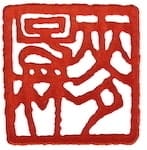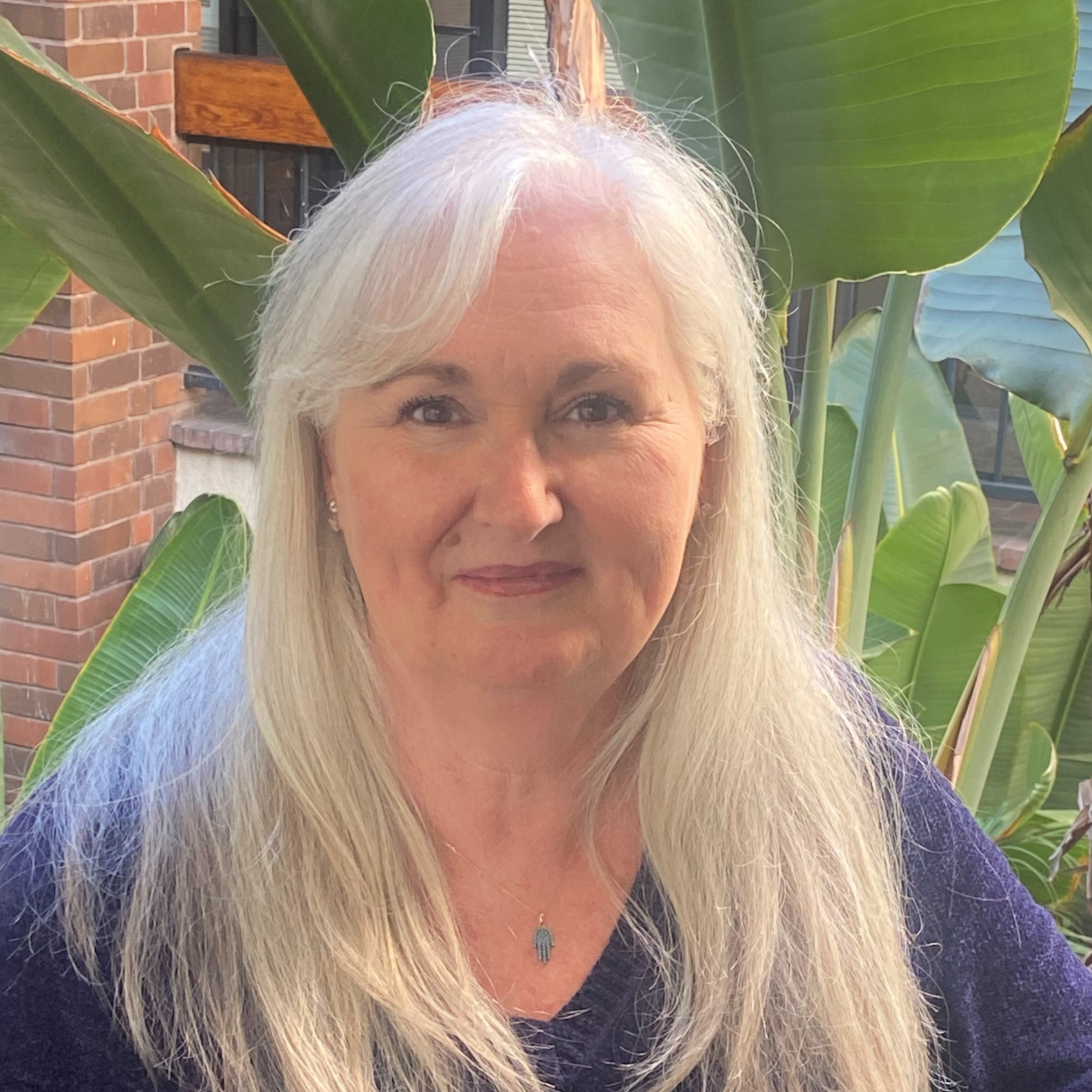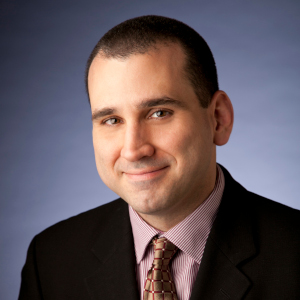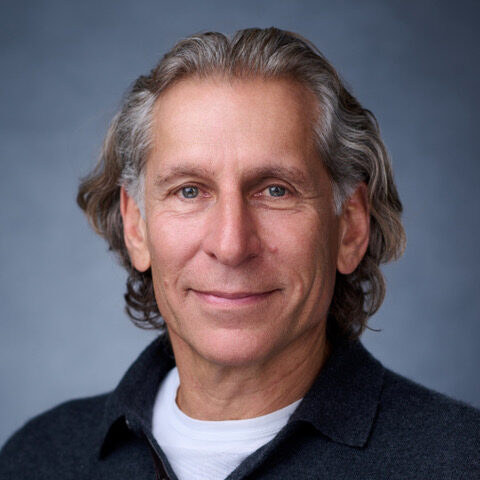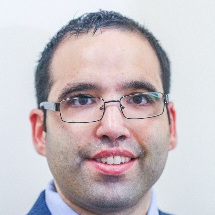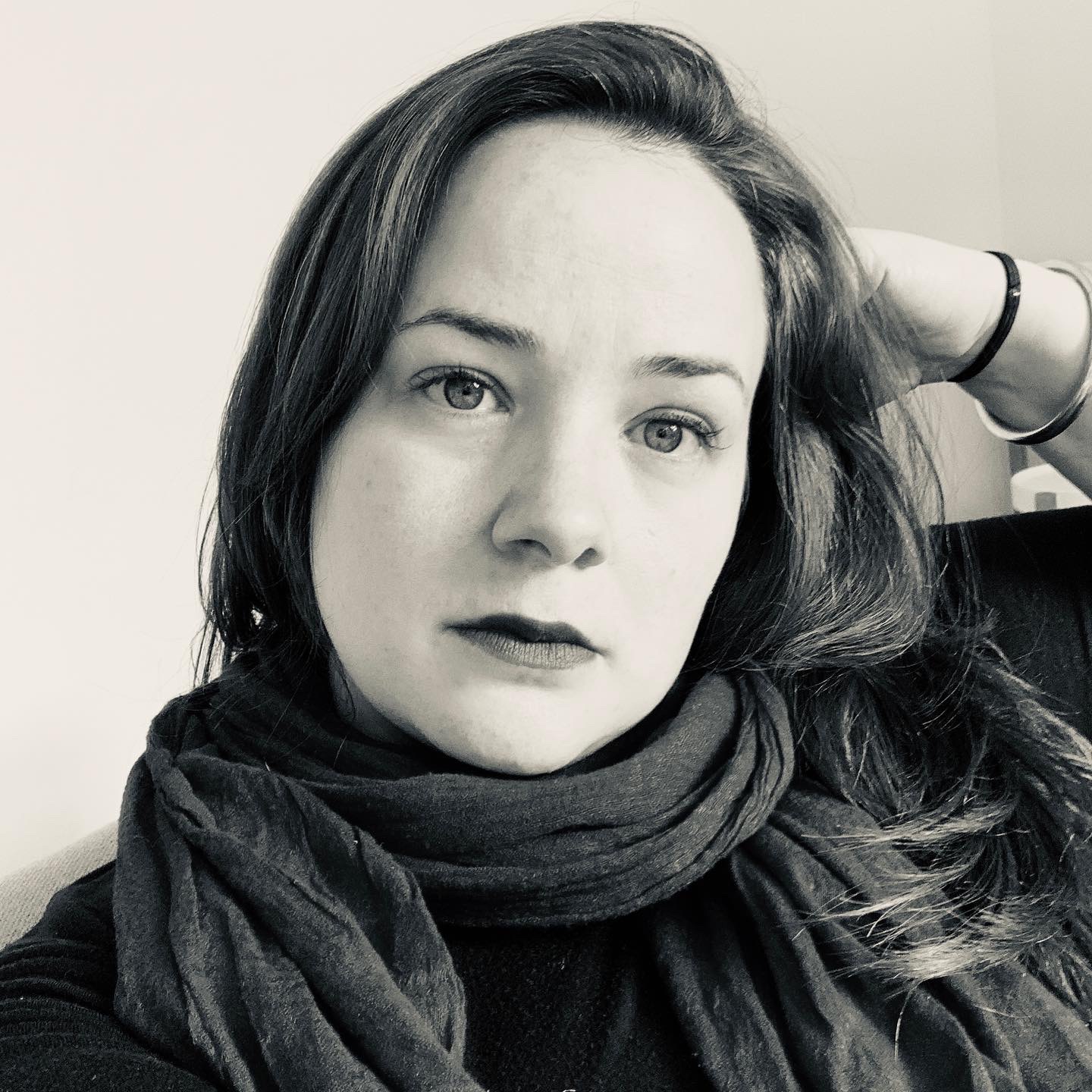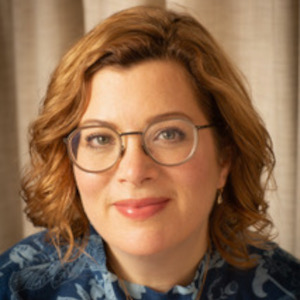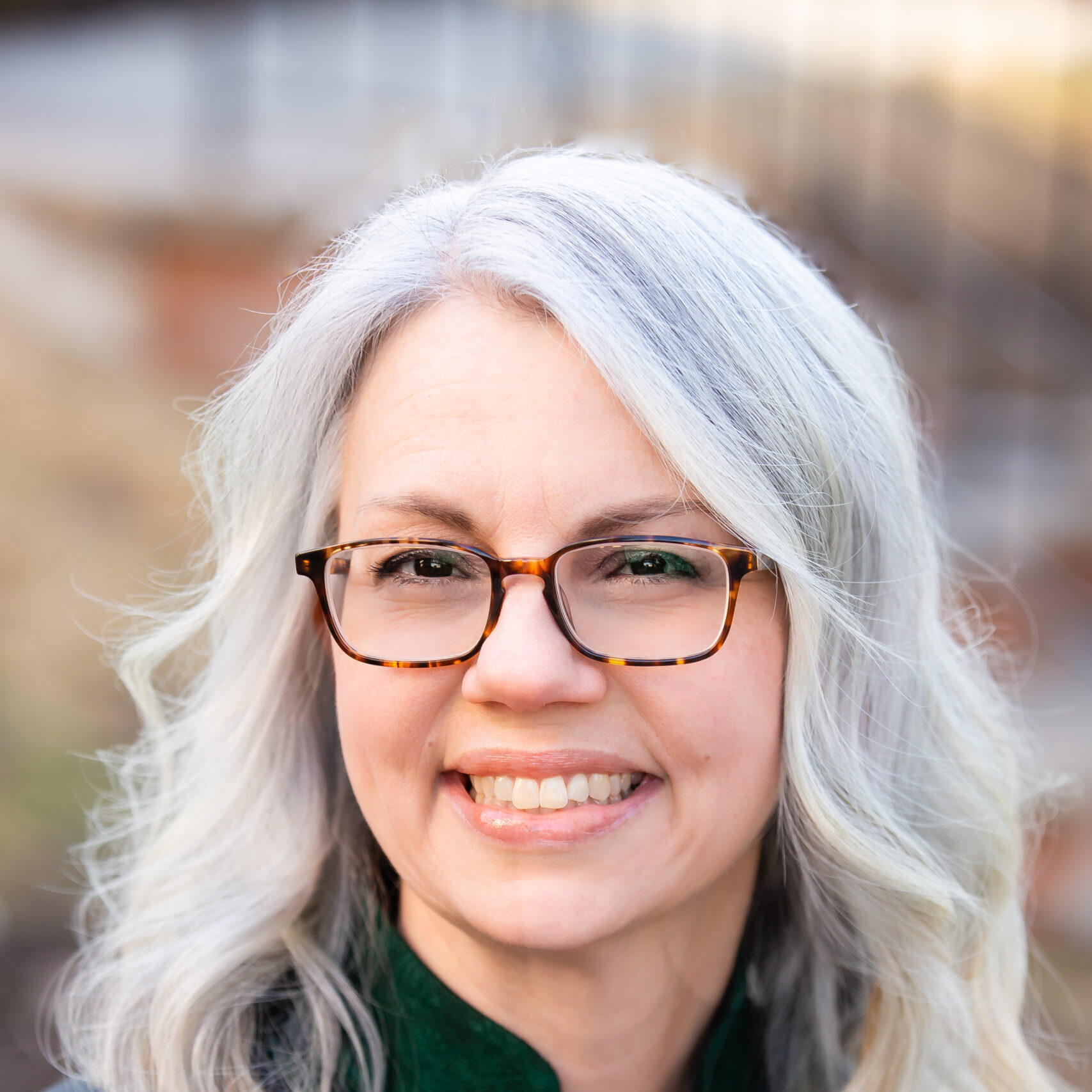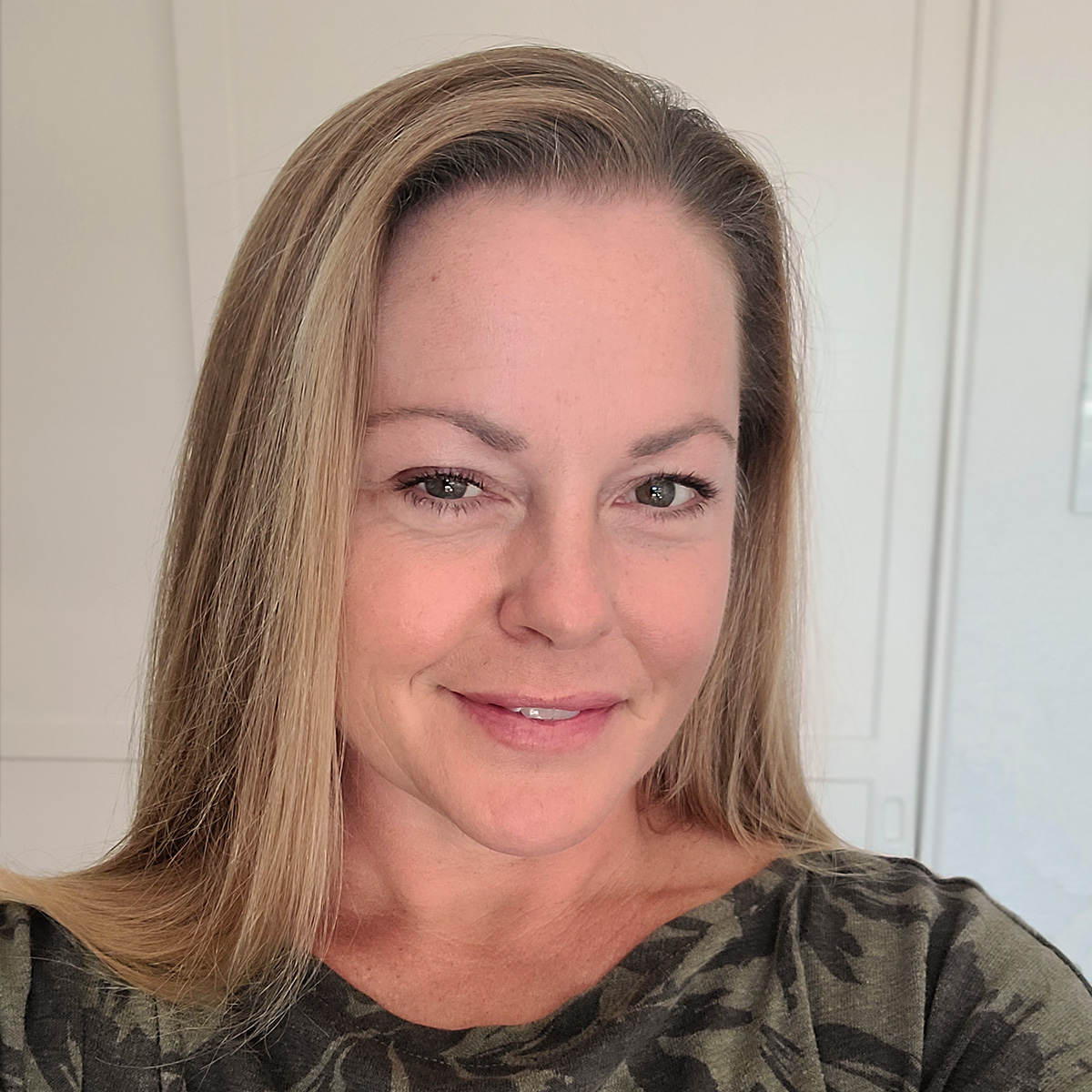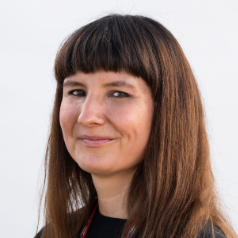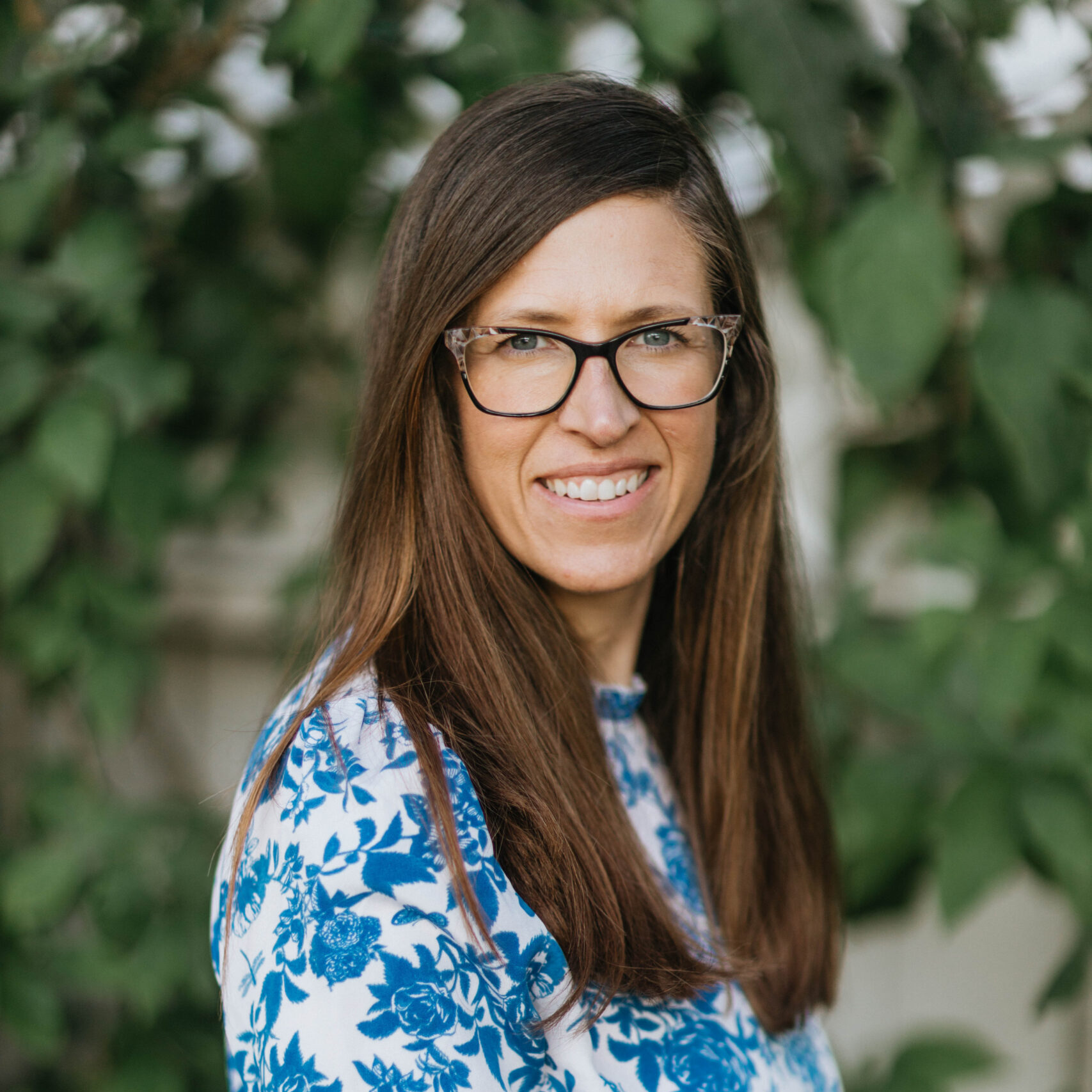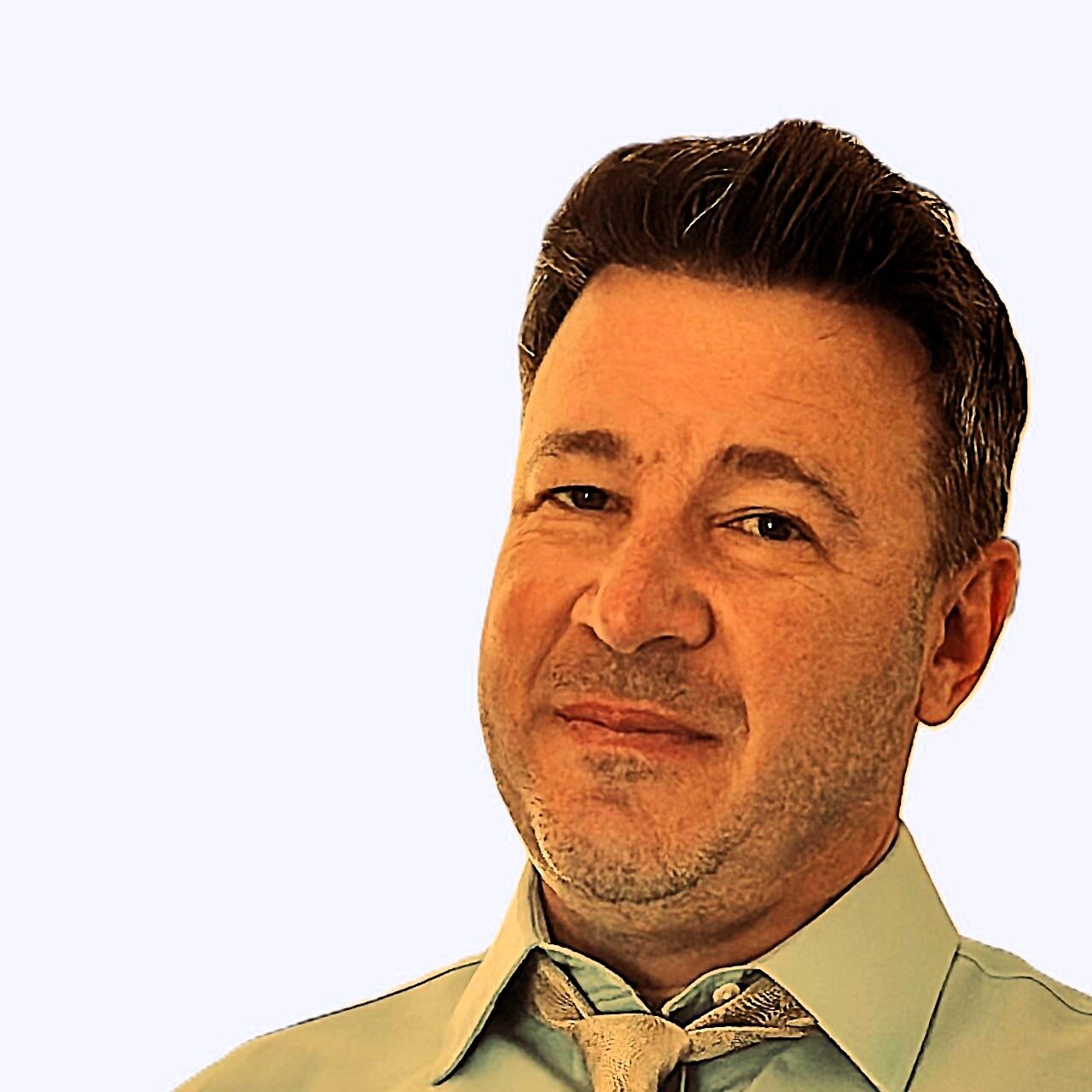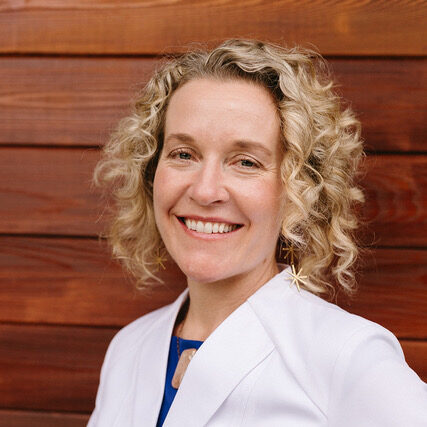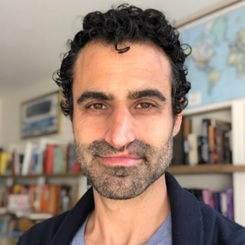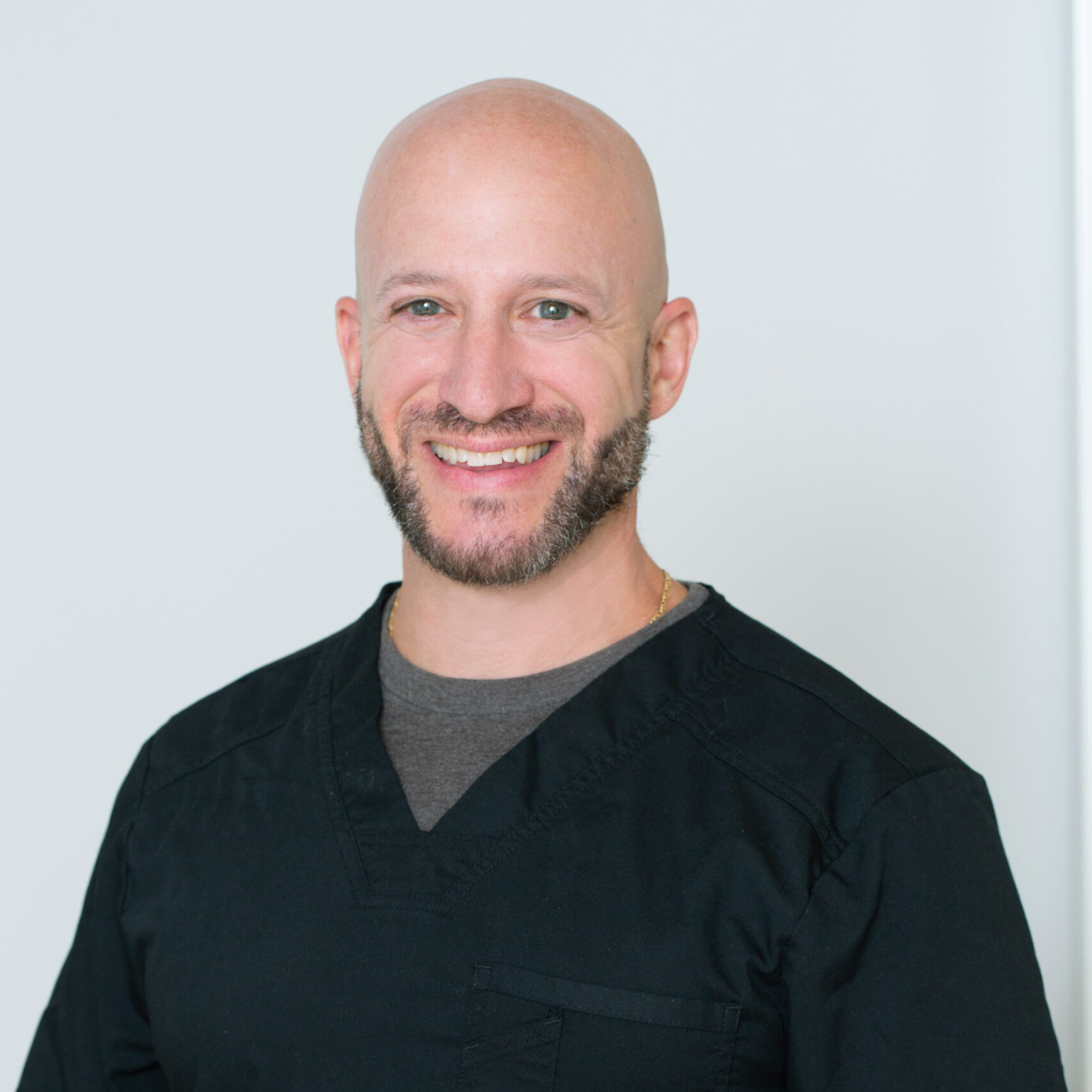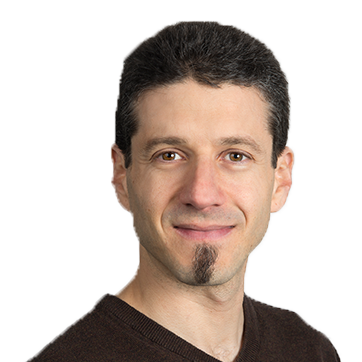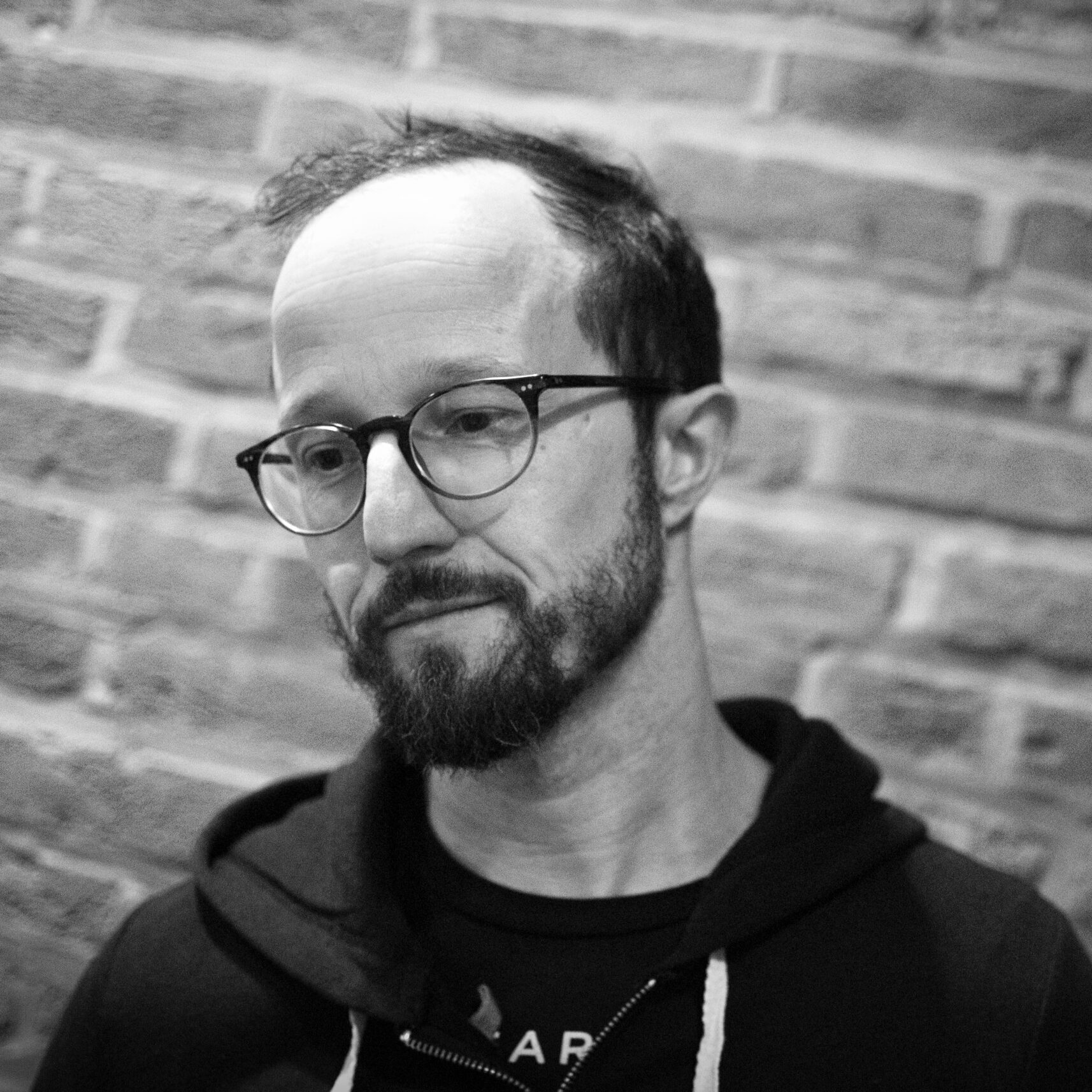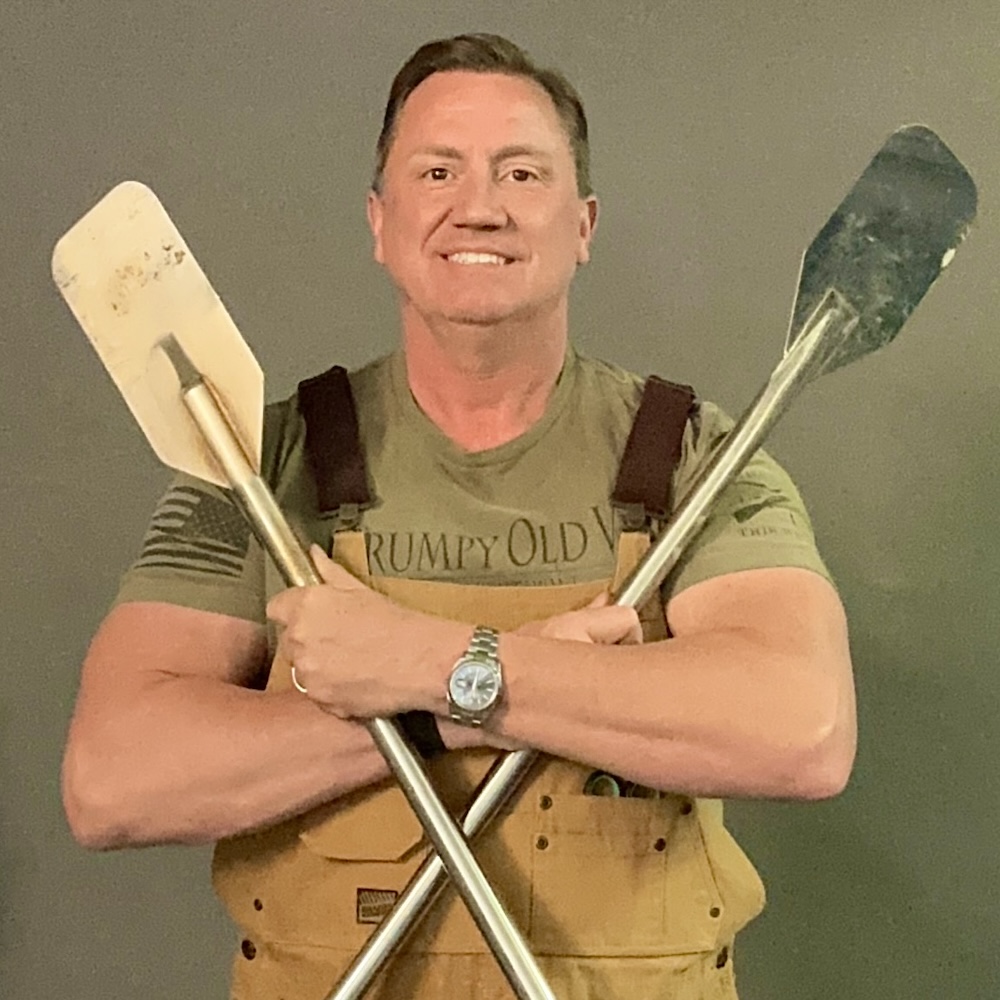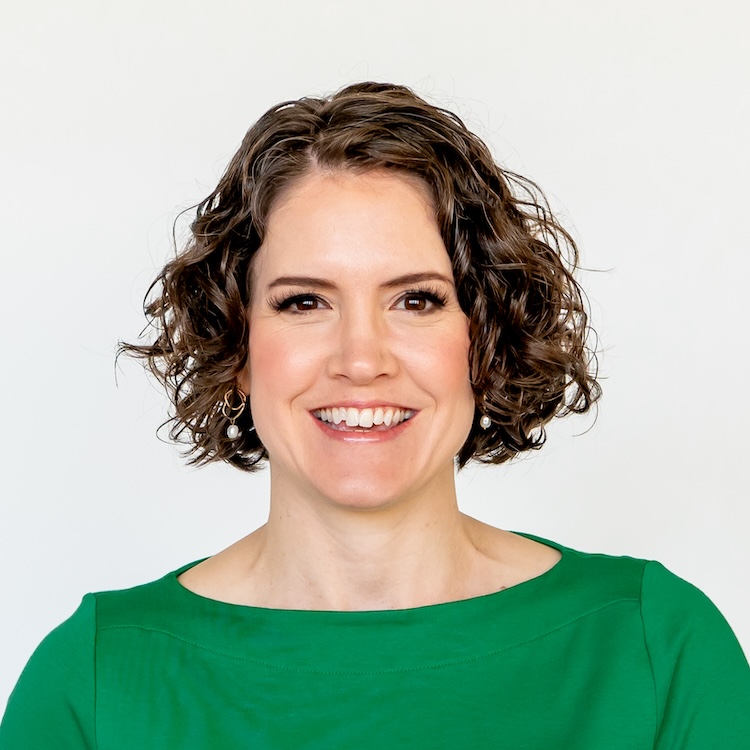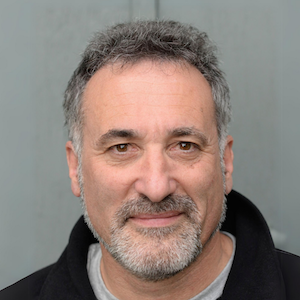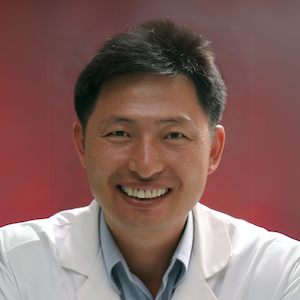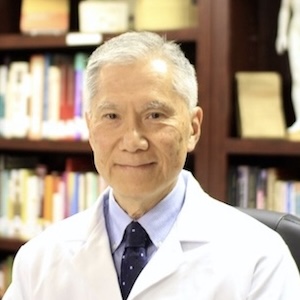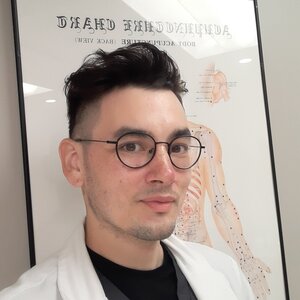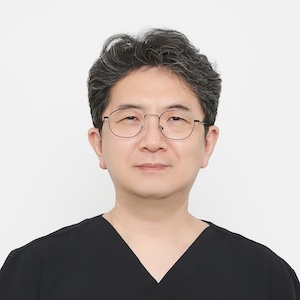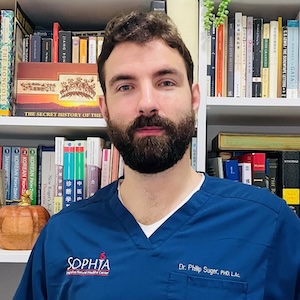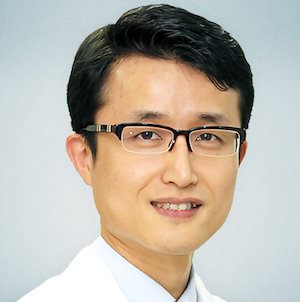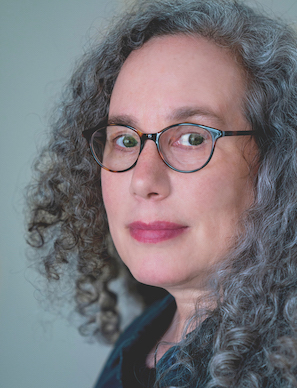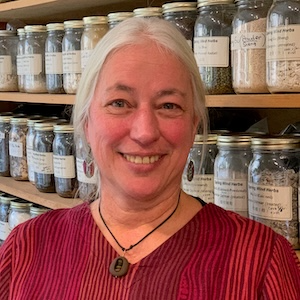Dear Dr. Lee . . . I have a copy of the book "Saam Five Element Acupuncture" (you show the cover on slide 35 from your presentation to us earlier today) . . . in your presentation you offered us slides from Chapter 20 for Low Back Pain with four treatment possibilities, LI+, KI+, LU+ and GB+ and in this example, the points selected for all four of these treatments follow perfectly from the 4 point combinations identified in your Basic Formula Chart (slide 51 in your presentation) . . . . BUT my experience with this book . . the 43 Chapters . . is that MOST of the treatments . . MOST of the point combinations have me confused because they do not follow, most often, not even closely follow the Basic Formulas for the patterns . . . so, it appears to me this is not a BASIC book, it is an ADVANCED book with most of the treatments VERY modified from the basic 4 point formulas. But there is no explanation, no rationale provided in the book for the point combinations. Would it be possible (I and I think many of us, would be VERY interested) for you to offer a webinar or two where you discuss with us some of the treatments from this book and explain the rationale for the point selection, from the Saam perspective? That would be so very much appreciated!! Thank you. (just for example, one example!! on page 48 for 'Dampness in the Lung' . . . the book specifies KI10+, LU8 +, LU5 -, SP9- . . . but if we were following the basic formulas for either supplementing Lung or Stomach or Draining Lung or Stomach . . . we would be doing one of these four treatments . . . ST 41+SI5+ ST43-GB41- . . or . . SP3+LU9+ LU10- HT8- . . . or . . . GB41+ST43+ LI1-ST45- . . . or . . HT8+LU10+ KI10-LU5-)
Dear Dr. Daniel Schulman,
Thank you for attending my lecture and for your excellent question.
As I mentioned in slide #64 yesterday, only 35.8% of the 240 prescriptions in the classic Saam Acupuncture book (81 Jung-gyuk at 33.7% and 5 Seung-gyuk at 2.1%) adhere strictly to the principles of Saam Acupuncture. The remaining prescriptions are variations. This complexity makes it challenging to understand Saam Acupuncture in isolation, leading to various interpretations and perspectives in its application.
My second edition book focuses on translating the original text of the classic into English, with its own significance, and will include the Jisan records added to the first edition. I plan to write my guidebook with further explanations as a separate book, hopefully within a year.
While some modified prescriptions from the Saam Acupuncture Classic are often used, many are not fully understood and are less frequently applied. After extensive thought and study, I have developed my standard for 3D targeting, which I introduced in my presentation yesterday, and I am working to refine it further. I usually recommend starting with the basic prescriptions in practice, either by following my standard or those of others, rather than focusing on modified versions from the original text.
I will strive to create an opportunity to explain more about the modified formulas in the near future.
Thank you for your insightful questions and interest. Let’s continue to communicate and explore this fascinating field together.
All the best,
Sanghoon
@shlee777khu-ac-kr Thank you for your kind and thoughtful reply. I look forward to your future books! It is truly interesting that of the 240 prescriptions in the first edition translation, only 35.8% follow standard form - meaning 64.2% do NOT. I do wonder . . . as both a geologist and someone with many personal relationships to the process of time and how some things survive time and some things disappear in time . . . . I wonder if this book is a 1 to 1 reflection of daily clinical reality for Saam OR if, as a mentor, a teacher, a guide . . . his daily clinical reality was transmitted orally to his students - the principles, the basics . . . and this text was primarily written as a focus on the point combinations to use when the standard form did not work . . . and we do not have a picture of how often standard form actually was sufficient at that time. This does seem numerically very similar to a statistic Andreas Bruch mentioned in his presentation (Slide 13) that showed modern day Korean acupuncturists when interviewed, reported using standard Saam point combinations only 35.3% of the time . . . these numbers surprise me . . . because I can say . . in my clinical experience for 5 years now . . and I am not keeping numbers or data so this is just my impression . . but I am working almost entirely so far with basic foundational 4 point Saam combinations (sometimes two combined) . . and I would say I have powerful, effective results in the range of with 65-80% of cases . . and I have 20 years clinical experience prior to my Saam-based practice . . . my results are in fact, so good, it has proven 'BAD' for my business (people need fewer treatments). That of course, is NOT to disregard that I also have cases that do not respond or respond poorly to the foundation treatments. This has me wondering about many possible cultural, social, scientific-culture, etc factors that may be in play here.
@schulman81 You point about perhaps the unusual combinations being written down by the students, but not so much the standard combinations that we are more familiar with. Perhaps... that is something worth considering.
I'm not a historian, so others with more expertise in that realm, please chime in here. That said, my understanding is that there are plenty of doctors from the past, we know about their treatments and methods because their students wrote up case studies and notes. Ye Tian Shi being one, and Todo Yoshimasu being another.
I too have found the basic four needles to be profoundly helpful in clinic. Beyond that, in sticking with using four needles to treat one organ system on one side... it has helped me to both see the power of Saam, and also helped me to learn the system in that I get clear feedback on my diagnosis.
Sticking (no pun intended) with the basics in the beginning has helped me to built my "clinical vocabulary" with Saam.
I've notice for myself over the years when taking notes in a class. I do NOT write down what I already know, only that which is new or I don't quite understand and want to study further.
Dear Drs. Shulman and Max,
Thank you for sharing your valuable opinion.
- The reason why Andreas statement on Slide 13 and the numbers I mentioned on my Slide 64 are very similar is that they are both based on the same Saam Classic book. The paper Andreas referenced is not an interview with modern Korean medicine doctors; it is a calculation derived from the Saam Classic book. Both have in common that about 35% of the calculations are standard, ignoring slight differences after the decimal point.
- Variations in formulas can generally be classified into four categories. For example, in the Jung-gyuk formula, the son may be tonified instead of the mother, and conversely, in the Seung-gyuk formula, the mother may be sedated instead of the child. I think the numerous variations stem from the emphasis on practical aspects gained through extensive clinical experience, rather than purely theoretical considerations. As we know, the human body and life phenomena do not conform perfectly to mathematical formulas. Therefore, this field usually requires some modification and flexibility, necessitating further exploration through research and practice.
As I mentioned in my lecture, I always recommend that it is most important to first master the standard formulas. Once we have gained sufficient experience and skills to use the basic formulas effectively and can recognize their limitations, we will be better equipped to understand and utilize the variations.
Thank you.
Sanghoon
